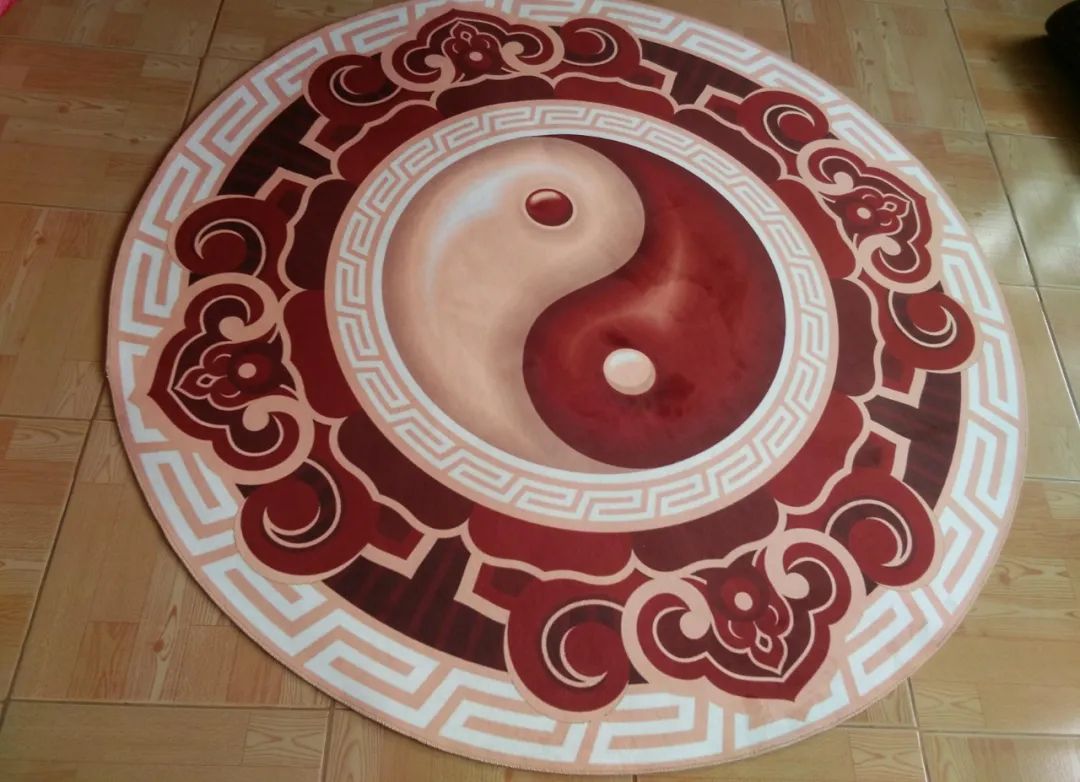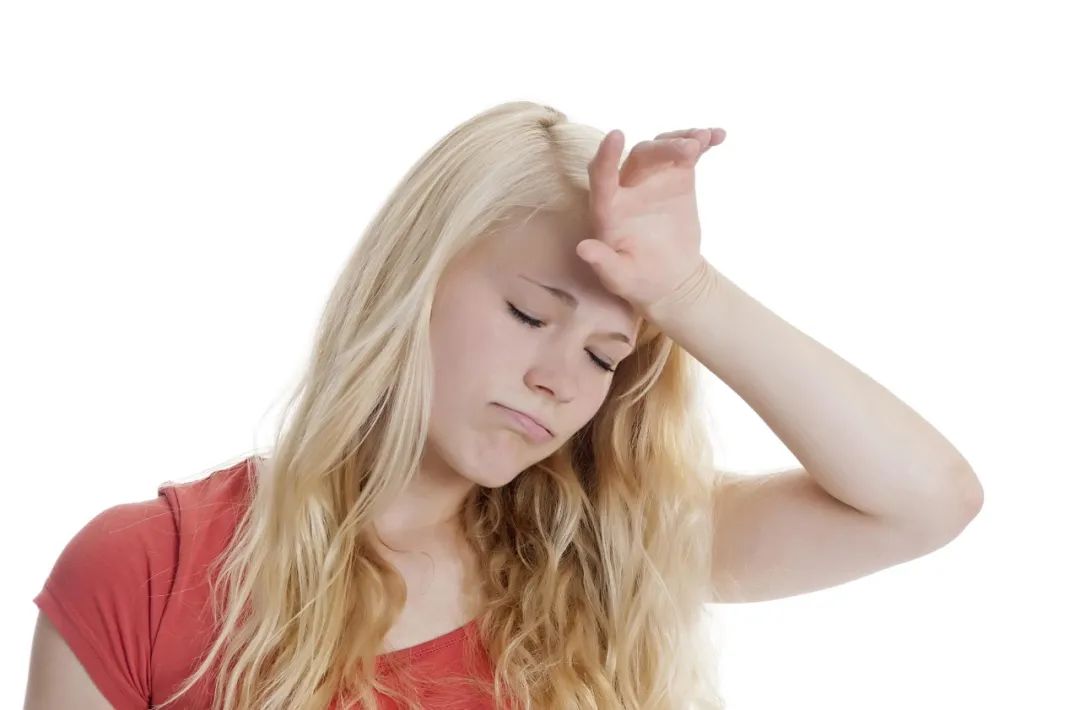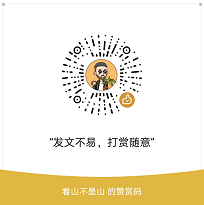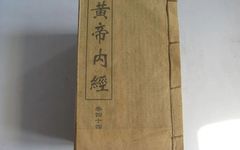The ancient Huangdi Neijing (Yellow Emperor’s Inner Canon) is not just a theoretical work of Traditional Chinese Medicine (TCM) but also an encyclopedia of life sciences. The wisdom of health preservation contained within it remains remarkably advanced even after thousands of years. It is undeniable that the ancestors who authored the Huangdi Neijing possessed profound wisdom and knowledge. For millennia, people have marveled at the depth and breadth of TCM while studying the Huangdi Neijing.
In the Huangdi Neijing, many theories of health preservation are discussed, each concept offering invaluable insights, and every chapter can enlighten the reader. However, if we were to identify the ultimate secret of health preservation in the Huangdi Neijing, it can be summarized in just eight characters. These eight characters first appeared in the Suwen (Plain Questions) section titled Shengqi Tongtian Lun (On the Vital Energy Connecting Heaven), containing extremely profound theories that, once learned, can yield great benefits.
 So, what are these eight characters? It is simple: “Yin Ping Yang Mi (Yin is Balanced, Yang is Hidden), Jing Shen Nai Zhi (Spirit is the Key to Healing).” This phrase can be simply stated as “Balance of Yin and Yang leads to lifelong health.” In fact, this concept from the Huangdi Neijing resonates with the saying from the Yijing (I Ching), “One Yin and One Yang is the Way.” The Yijing teaches us that the mutual rooting, complementing, and balancing of Yin and Yang is the fundamental principle for the harmonious development of all things in the universe. The phrase “Yin Ping Yang Mi” in the Huangdi Neijing informs us that the balance of Qi (vital energy), blood, Yin, and Yang is of great significance for life and health. Ultimately, the hidden secret of health preservation in the Huangdi Neijing is balance. How can we achieve this balance, and from where should we start? The following points can be considered.
So, what are these eight characters? It is simple: “Yin Ping Yang Mi (Yin is Balanced, Yang is Hidden), Jing Shen Nai Zhi (Spirit is the Key to Healing).” This phrase can be simply stated as “Balance of Yin and Yang leads to lifelong health.” In fact, this concept from the Huangdi Neijing resonates with the saying from the Yijing (I Ching), “One Yin and One Yang is the Way.” The Yijing teaches us that the mutual rooting, complementing, and balancing of Yin and Yang is the fundamental principle for the harmonious development of all things in the universe. The phrase “Yin Ping Yang Mi” in the Huangdi Neijing informs us that the balance of Qi (vital energy), blood, Yin, and Yang is of great significance for life and health. Ultimately, the hidden secret of health preservation in the Huangdi Neijing is balance. How can we achieve this balance, and from where should we start? The following points can be considered. 1. Yin and Yang Balance Health issues arise primarily from the imbalance of Yin and Yang. The health of the human body is coordinated by two systems: the visible and invisible substances of Yin and Yang. If either of these systems becomes unbalanced, it can lead to discomfort, ranging from sub-health to serious illness and aging. Therefore, TCM diagnosis and treatment involve identifying which organs are experiencing Yin and Yang imbalances through observation, listening, questioning, and pulse-taking, and then correcting these imbalances using TCM methods. Once Yin and Yang are balanced, recovery from illness becomes easier.
1. Yin and Yang Balance Health issues arise primarily from the imbalance of Yin and Yang. The health of the human body is coordinated by two systems: the visible and invisible substances of Yin and Yang. If either of these systems becomes unbalanced, it can lead to discomfort, ranging from sub-health to serious illness and aging. Therefore, TCM diagnosis and treatment involve identifying which organs are experiencing Yin and Yang imbalances through observation, listening, questioning, and pulse-taking, and then correcting these imbalances using TCM methods. Once Yin and Yang are balanced, recovery from illness becomes easier. 2. Qi and Blood Balance The vitality and health of the human body depend on the balance of Qi and blood. The continuous flow of Qi and blood is essential for life. Only when Qi and blood are balanced and coordinated can the body remain healthy. Once this balance is disrupted, various diseases can arise. TCM can adjust the abundance and deficiency of Qi and blood through diagnosis and treatment, achieving a balanced state, which facilitates recovery from illness.3. Spirit Balance
2. Qi and Blood Balance The vitality and health of the human body depend on the balance of Qi and blood. The continuous flow of Qi and blood is essential for life. Only when Qi and blood are balanced and coordinated can the body remain healthy. Once this balance is disrupted, various diseases can arise. TCM can adjust the abundance and deficiency of Qi and blood through diagnosis and treatment, achieving a balanced state, which facilitates recovery from illness.3. Spirit Balance The foundational theory of TCM states that essence (Jing) is the material basis for life activities, while spirit (Shen) is the external manifestation of these activities. In simple terms, it means “with food in the house, one is not anxious.” The external appearance of the spirit relies on the internal essence, Qi, and spirit, which need to be balanced. If one excessively depletes essence and Qi to maintain a good spirit, it becomes difficult to sustain a healthy state and may lead to internal consumption, resulting in sub-health, disease, or premature aging.4. Emotional Balance The Huangdi Neijing places great importance on emotions, as they can influence the flow of Qi. Disruption and imbalance of Qi can lead to health issues. For example, irritability and anger can not only lead to excessive liver Qi but also cause spleen Qi stagnation, resulting in disharmony between the liver and spleen.
The foundational theory of TCM states that essence (Jing) is the material basis for life activities, while spirit (Shen) is the external manifestation of these activities. In simple terms, it means “with food in the house, one is not anxious.” The external appearance of the spirit relies on the internal essence, Qi, and spirit, which need to be balanced. If one excessively depletes essence and Qi to maintain a good spirit, it becomes difficult to sustain a healthy state and may lead to internal consumption, resulting in sub-health, disease, or premature aging.4. Emotional Balance The Huangdi Neijing places great importance on emotions, as they can influence the flow of Qi. Disruption and imbalance of Qi can lead to health issues. For example, irritability and anger can not only lead to excessive liver Qi but also cause spleen Qi stagnation, resulting in disharmony between the liver and spleen. This is the disorder of the internal organs caused by emotional imbalance, leading to disease. When emotions are balanced, the internal Qi will not be disturbed by the internal causes of the seven emotions, and with external factors in harmony, one can achieve physical and mental health.5. Movement and Rest Balance The Huangdi Neijing emphasizes both movement and stillness in health preservation. In simple terms, it advocates for a combination of work and rest. We often say that we need to exercise more. This is because we tend to be too sedentary, so appropriate exercise is necessary. Conversely, if we exercise too much, we need to allow for adequate rest. Whether engaging in physical or mental labor, it is essential to maintain a balance between movement and rest, and both active and passive health practices should be appropriately emphasized.
This is the disorder of the internal organs caused by emotional imbalance, leading to disease. When emotions are balanced, the internal Qi will not be disturbed by the internal causes of the seven emotions, and with external factors in harmony, one can achieve physical and mental health.5. Movement and Rest Balance The Huangdi Neijing emphasizes both movement and stillness in health preservation. In simple terms, it advocates for a combination of work and rest. We often say that we need to exercise more. This is because we tend to be too sedentary, so appropriate exercise is necessary. Conversely, if we exercise too much, we need to allow for adequate rest. Whether engaging in physical or mental labor, it is essential to maintain a balance between movement and rest, and both active and passive health practices should be appropriately emphasized. In summary, while health preservation may seem simple to discuss, practicing it reveals its complexity. However, the phrase “Yin Ping Yang Mi, Jing Shen Nai Zhi” from the Huangdi Neijing is not static; the balance of Yin and Yang is always dynamic and relative. Under internal and external disturbances, the balance of Yin and Yang fluctuates. To ensure the balance of Yin and Yang, the health of the body can also be safeguarded.
In summary, while health preservation may seem simple to discuss, practicing it reveals its complexity. However, the phrase “Yin Ping Yang Mi, Jing Shen Nai Zhi” from the Huangdi Neijing is not static; the balance of Yin and Yang is always dynamic and relative. Under internal and external disturbances, the balance of Yin and Yang fluctuates. To ensure the balance of Yin and Yang, the health of the body can also be safeguarded.


Click here to read more: A formula from Zhang Zhongjing that cures chronic stomach diseases, including chronic gastritis, gastric ulcers, and acid reflux!
One quick-acting heart-saving pill can treat over 20 diseases; don’t just use it for heart attacks, make sure to save it!
This is an article that silences critics of TCM; see how personnel from the Ministry of Science and Technology evaluate TCM!
Click “Read the original text”↙ to see more exciting content.

